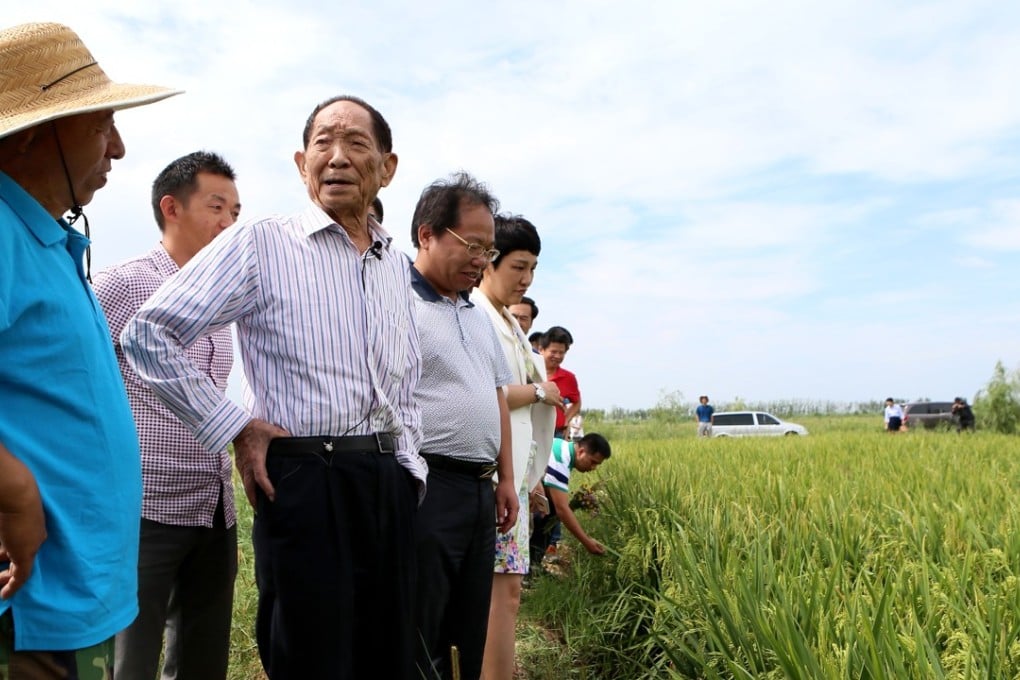Chinese scientists put rice grown in seawater on the nation’s tables
Salt-resistant species could boost country’s rice harvest by nearly 20 per cent, top researcher says

Rice grown on a commercial scale in diluted seawater has, for the first time, made it into the rice bowls of ordinary Chinese people after a breakthrough in food production following more than four decades of efforts by farmers, researchers, government agencies and businesses.
Ning Meng bought a bag of the rice online and had it delivered to the family of her boyfriend early this month. Her boyfriend was living with his parents in a city in Zhejiang province, and the rice was a gift to her future in-laws.
On the evening of the Mid-Autumn Festival, they gathered around the rice cooker. The lid lifted, releasing a puff of steam and fragrance that made everyone take a breath.
“I could tell one grain from the other in my mouth,” said Ning, who gave it a top satisfaction rating. “My boyfriend said it was like the braised rice he had back in his village. It is very good.”.
The rice was not grown in traditional rice paddy, where fields are filled with fresh water, but on a salty beach on the Yellow Sea coast in Qingdao, Shandong.
China has one million square kilometres of waste land, an area the size of Ethiopia, where plants struggle to grow because of high salinity or alkalinity levels in the soil.